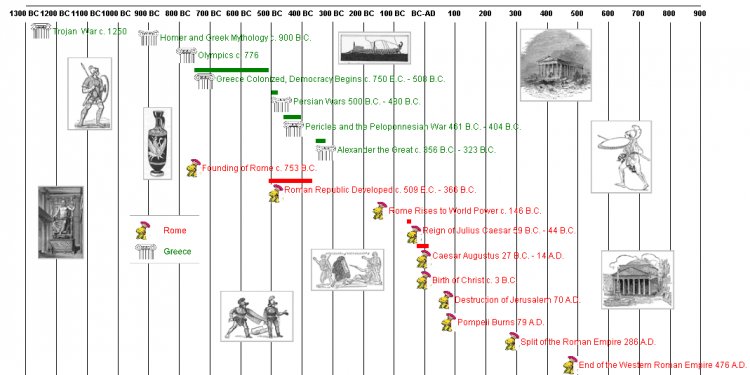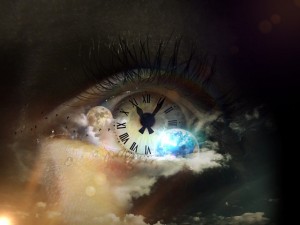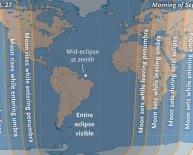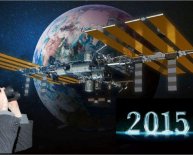
Astronomy History Timeline
 Timekeeping. Due to the inconsistent cycle of the sun and the moon, the Chinese lunisolar calendar was inter calculated.
Timekeeping. Due to the inconsistent cycle of the sun and the moon, the Chinese lunisolar calendar was inter calculated.
Emblem of a dynasty. Astronomers and astrologers habitually made a new Chinese calendar in every period of rise and fall of dynasties associating their observations with those events.
Astrological prediction. Guests stars (unexpectedly surfaced along with the fixed stars) such as the Crab Nebula observed in 1054, commonly known as SN 1054, were cautiously noted by astronomers. Early astronomical observations of occurrence of comets and supernovae are occasionally used in modern astronomical studies.
Famous Early Chinese Astronomers Chinese Astronomers made great contributions to the astronomy of today. The following are the great Chinese astronomers:
Zhan Heng. Also known as Pingzi (78-139), he was an astronomer, mathematician, and a geographer. According to him, “the sky is like a hen’s egg and is as round as a crossbow pellet. For what Zhan Heng said, he created the celestial globe from his belief that the world is round. He invented the first armillary sphere which is made of bronze.
 Zhang Sui. An astronomer and Buddhist monk of the Tang dynasty, Zhang Sui (683-727). Zhang Sui was the first to describe proper stellar motion, or the apparent motion of stars across the plane of the sky relative to more distant stars.
Zhang Sui. An astronomer and Buddhist monk of the Tang dynasty, Zhang Sui (683-727). Zhang Sui was the first to describe proper stellar motion, or the apparent motion of stars across the plane of the sky relative to more distant stars.
Tsu Ch’ung Chi. A mathematician and an astronomer who arrived at the precise time of the solstice through measuring the shadow of the sun at noon on days around the solstice (430- 501).
Guo Shoujing. An inventor, mathematician as well as an astronomer who used his engineering skills to develop his apparatus to measure celestial bodies. Guo Shoujing developed the Shousi calendar system in 1280 AD. He developed the calendar using the polynomial equations to the 4th order which is the utmost level ever used in astronomy and calendar computation.
Hua Luogeng. A mathematician and astronomer in Jintan, Jiangsu (1910 – 1985). He wrote more than 300 papers and monographs. Several succeeding theorists in China including the distinguished Chen Jingrun who obtained the best result with regards to the binary Goldbach conjecture have been influenced by his book on additive prime number theory.
Chinese Records & Investigations of Astronomy
2137 BC. Chinese book published which recorded the earliest known solar eclipse
2000 BC. Chinese determined that Jupiter needs 12 years to complete one revolution of its orbit.
1400 BC. A time when the Chinese recorded the regularity of the solar and lunar eclipses and they recorded the earliest Solar prominence and the 2 novas.
1200 BC. The development of the Chinese constellations by recognizing the star and dividing the sky into 28 regions.















